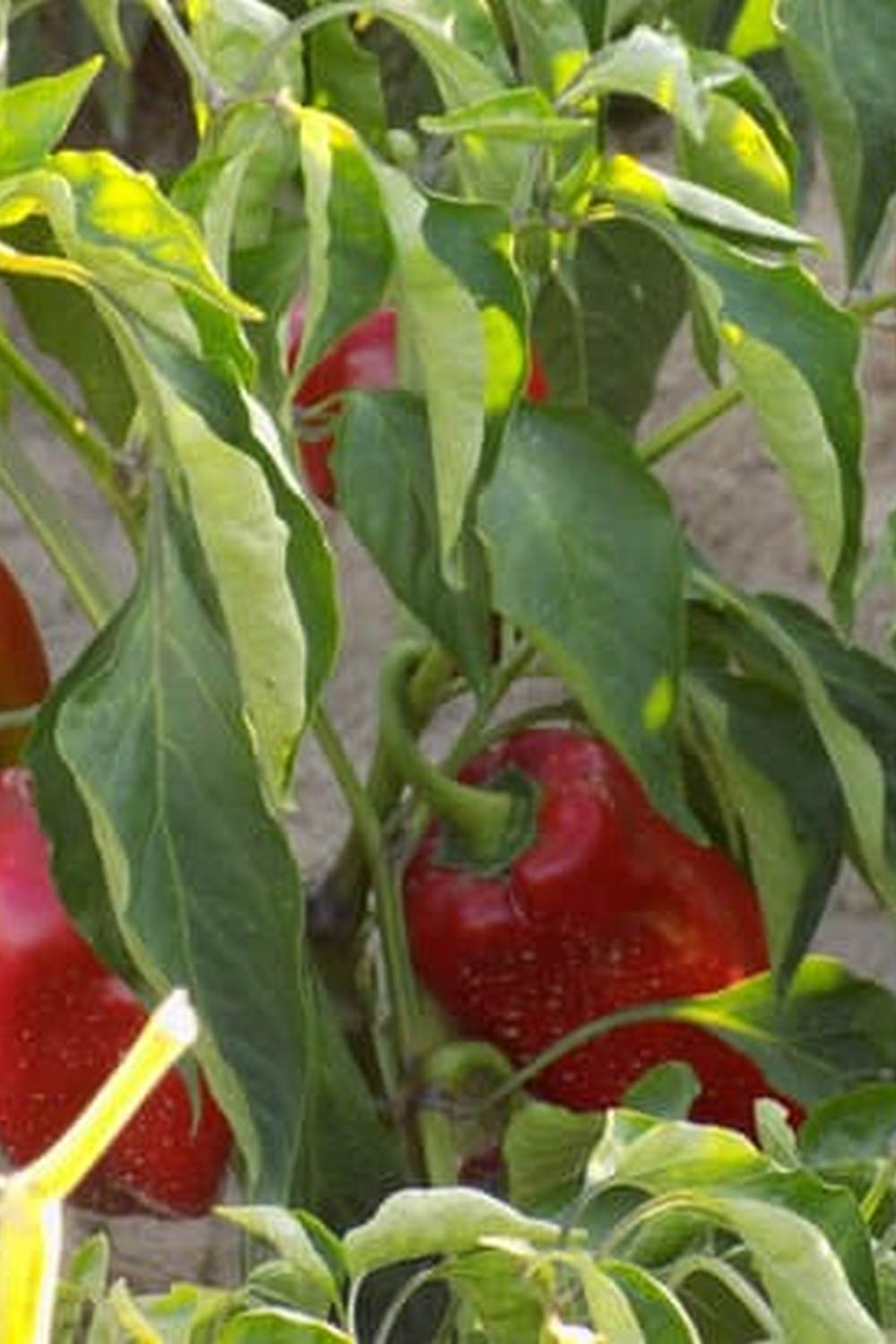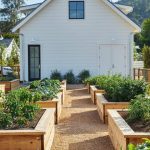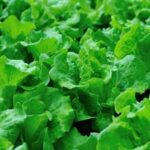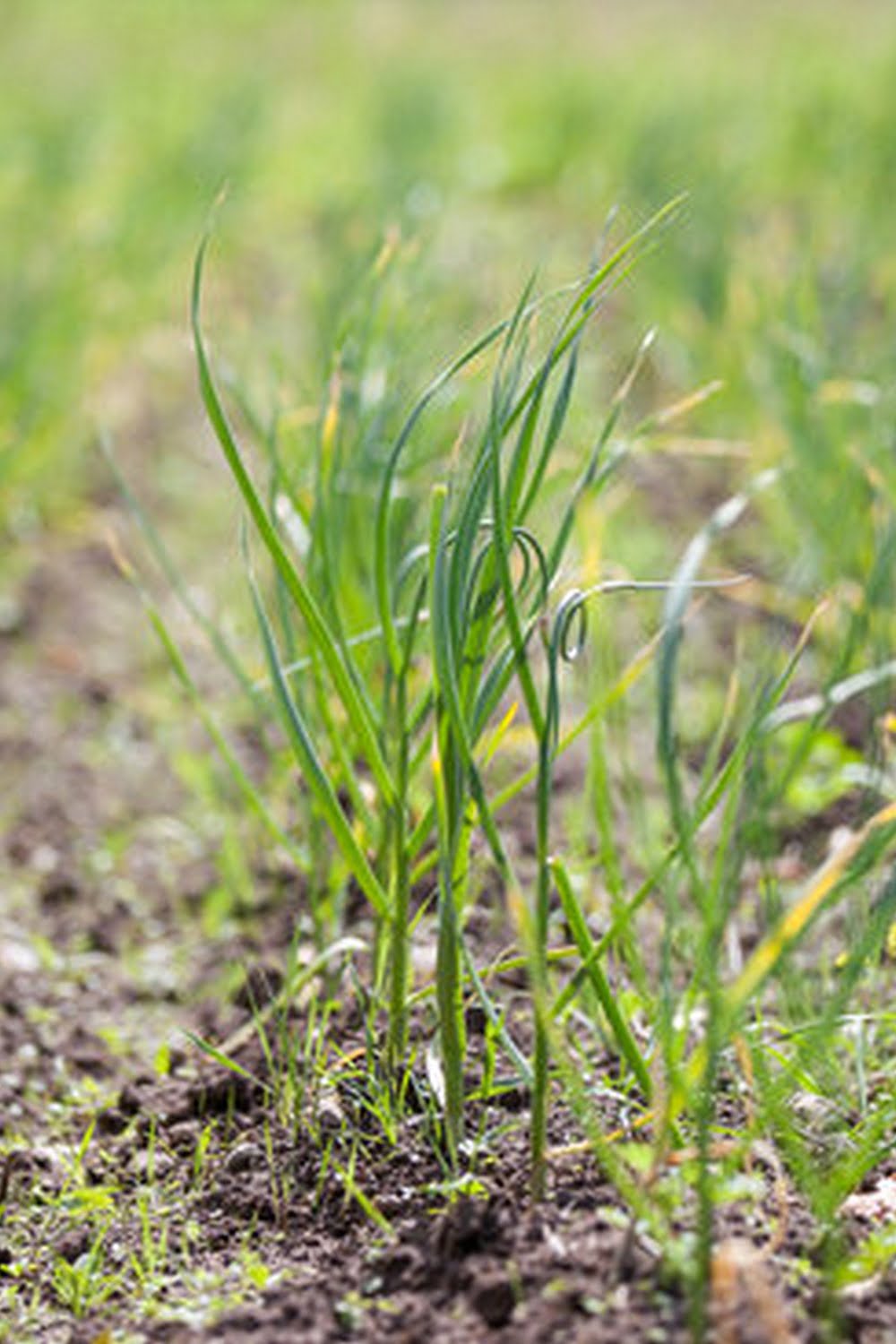Vegetable gardening plans are essential for anyone looking to start their own garden and enjoy the benefits of growing their own fresh produce. Whether you are a seasoned gardener or a beginner, having a well-thought-out plan can help you make the most of your gardening experience. From selecting the right vegetables to understanding growing seasons and climate considerations, there are many factors to consider when planning your vegetable garden.
One of the key benefits of vegetable gardening is the ability to have access to fresh, nutritious produce right in your backyard. By growing your own vegetables, you can ensure that they are free from harmful pesticides and chemicals, and you can pick them at their peak ripeness for maximum flavor and nutritional value. Additionally, gardening can be a therapeutic and rewarding activity that allows you to connect with nature and enjoy the satisfaction of seeing your plants thrive.
When creating your vegetable gardening plan, it is important to carefully consider your garden layout, choice of vegetables, soil preparation, irrigation systems, pest management strategies, and harvesting techniques. By following these steps and incorporating some helpful tips along the way, you can set yourself up for a successful and bountiful garden. So roll up your sleeves, grab your gardening tools, and get ready to enjoy a season full of delicious harvests from your vegetable garden.
Benefits of Vegetable Gardening
The benefits of vegetable gardening are plentiful and extend beyond just growing your own produce. One of the primary advantages is the ability to have access to fresh, organic vegetables right in your backyard. By growing your own food, you can ensure that no harmful chemicals or pesticides are used in the process, giving you peace of mind about what you are consuming. Additionally, homegrown vegetables are packed with nutrients since they are picked at peak ripeness.
Another key benefit of vegetable gardening is the cost savings it provides. While there may be some initial investment in setting up your garden, the long-term savings can be significant. Instead of constantly buying produce from the grocery store, you can simply step outside and harvest what you need from your garden. This not only reduces your grocery bill but also allows you to enjoy a wider variety of vegetables that may not be readily available at the store.
Beyond health and financial benefits, vegetable gardening also offers emotional and mental rewards. Spending time outdoors tending to your garden has been shown to reduce stress levels and improve overall well-being. Seeing the fruits of your labor grow from seedlings to bountiful plants can bring a sense of accomplishment and satisfaction. Moreover, gardening provides an opportunity for physical activity, allowing you to stay active while enjoying a productive hobby.
| Benefits | Details |
|---|---|
| Fresh and Organic Produce | Access to chemical-free vegetables picked at peak ripeness |
| Cost Savings | Long-term reduction in grocery expenses by harvesting from your garden |
| Emotional Well-being | Reduce stress levels, feel accomplished, and engage in physical activity |
Planning Your Vegetable Garden Layout
When it comes to planning your vegetable garden layout, there are several key factors to consider in order to maximize the potential of your harvest. One important consideration is the amount of sunlight that each area of your garden receives.
Most vegetables require at least six hours of sunlight per day, so it is essential to map out which areas receive the most sun and which are more shaded. This will help you determine where to plant different types of vegetables based on their sunlight needs.
Another crucial element in planning your vegetable garden layout is spacing between plants. Proper spacing ensures that each plant has enough room to grow and access necessary nutrients from the soil. Overcrowding can lead to stunted growth and increased susceptibility to pests and diseases. Be sure to follow the recommended spacing guidelines for each type of vegetable you plan to grow in order to promote healthy growth and bountiful yields.
Additionally, consider the layout of your garden beds in terms of accessibility for planting, weeding, and harvesting. Raised beds are a popular option for vegetable gardening plans as they provide good drainage, control over soil quality, and easier maintenance.
By organizing your garden beds strategically, you can make tasks such as watering and weeding more efficient, saving you time and effort in the long run. Remember to include pathways between beds for easy navigation and maintenance access throughout the growing season.
Selecting the Right Vegetables for Your Garden
When it comes to vegetable gardening plans, one of the most critical steps is selecting the right vegetables for your garden. Choosing the right vegetables to grow can enhance your gardening experience and ensure a bountiful harvest. Consider factors such as your climate, available space, and personal preferences when deciding which vegetables to cultivate.
Assessing Your Growing Conditions
Before selecting the vegetables for your garden, assess your growing conditions. Determine how much sunlight your garden receives throughout the day, as most vegetables require at least 6-8 hours of sunlight daily. Also, consider the quality of your soil and its drainage capabilities. Some vegetables thrive in well-draining soil, while others prefer moist conditions. Taking these factors into account will help you select vegetables that are best suited to your specific garden environment.
Choosing Vegetables Based on Yields and Preferences
Another crucial aspect to consider when selecting vegetables for your garden is their yields and your personal preferences. Some vegetables, such as tomatoes and peppers, have a high yield per plant, making them ideal choices for those looking to maximize their harvest.
On the other hand, if you have limited space or prefer certain types of vegetables over others, prioritize planting those that align with your preferences and gardening goals. By choosing a variety of vegetables that you enjoy eating and harvesting regularly, you can make the most out of your vegetable gardening experience.
Understanding Growing Seasons and Climate Considerations
When it comes to vegetable gardening plans, understanding growing seasons and climate considerations is crucial for a successful harvest. Different vegetables have specific preferences when it comes to temperature, sunlight, and water requirements. By aligning your planting schedule with the natural conditions of your region, you can optimize the growth and productivity of your garden.
To make the most out of your vegetable gardening plans, start by researching the average first and last frost dates in your area. This information will help you determine when to start planting seeds or seedlings outdoors. Additionally, take note of the number of daylight hours your garden receives throughout the year, as this can impact the growth and development of certain crops.
Consider creating a personalized planting calendar that outlines when to sow, transplant, and harvest each type of vegetable in your garden. This will help you stay organized and maximize the use of your available space. Below are some general guidelines for understanding growing seasons and climate considerations in vegetable gardening:
- Warm-season vegetables such as tomatoes, peppers, and squash thrive in temperatures above 70°F (21°C).
- Cool-season vegetables like broccoli, lettuce, and carrots prefer cooler temperatures around 50-70°F (10-21°C).
- Some vegetables are frost-tolerant and can be planted earlier in the spring or late in the fall.
By tailoring your vegetable selection and planting schedule to match the growing seasons and climate conditions of your region, you can increase the likelihood of a bountiful harvest. Stay attentive to weather patterns throughout the year and adjust your gardening plans accordingly to maximize success.
Tips for Soil Preparation and Fertilization
Soil Testing and Analysis
Before starting your vegetable gardening plans, it is crucial to conduct a soil test to determine the current condition of your soil. Soil testing kits can be purchased at any garden center or through local agricultural extension services. The analysis will provide valuable information such as pH levels, nutrient deficiencies, and organic matter content. Based on the results, you can then adjust the soil’s composition to create an optimal environment for your vegetables to thrive.
Composting and Organic Amendments
One of the best ways to improve soil fertility is by incorporating compost and organic amendments into your garden beds. Compost is a natural fertilizer that enhances soil structure, increases nutrient availability, and promotes beneficial microbial activity. You can create your own compost pile using kitchen scraps, yard waste, and other biodegradable materials. Additionally, consider adding well-rotted manure, leaf mold, or other organic matter to boost nutrient levels in the soil.
Cover Cropping and Mulching
To prevent soil erosion, conserve moisture, suppress weeds, and add nutrients back into the soil, cover cropping and mulching are essential practices in vegetable gardening plans. Cover crops like clover or vetch can be planted during fallow periods to protect the soil surface from erosion while fixing nitrogen levels.
Mulching with materials such as straw, grass clippings, or wood chips helps retain moisture in the soil and regulate temperature fluctuations. Both methods contribute to overall soil health and vitality for your vegetable garden.
Implementing Irrigation and Watering Systems
When it comes to implementing irrigation and watering systems in your vegetable garden, there are several options to consider that can help maintain the health and growth of your plants. One popular method is drip irrigation, which delivers water directly to the base of plants, reducing water waste and minimizing weed growth.
Another option is soaker hoses, which release water slowly along their length, providing a more even distribution of moisture to the roots of your vegetables. Additionally, rain barrels can be a sustainable way to collect rainwater for use in watering your garden.
To ensure that your vegetable garden receives adequate hydration, it’s important to establish a consistent watering schedule based on the specific needs of each plant. Some vegetables, such as tomatoes and squash, require more water than others, so be sure to adjust your watering frequency accordingly.
Monitor the moisture levels in your soil regularly by inserting a finger into the ground or using a moisture meter to determine when it’s time to water. Remember that overwatering can be just as harmful as underwatering, so finding the right balance is key to successful vegetable gardening plans.
In addition to implementing irrigation systems, mulching can also play a crucial role in retaining soil moisture and reducing evaporation. Organic mulches like straw or shredded leaves can help regulate soil temperature and prevent weeds from taking root in your garden beds.
By combining proper irrigation techniques with mulching practices, you can create an optimal growing environment for your vegetables and maximize their yield throughout the growing season. So take the time to plan out an efficient watering system for your vegetable garden and watch as your plants thrive and produce bountiful harvests.
Managing Pests and Diseases in Your Vegetable Garden
One of the challenges that every vegetable gardener faces is dealing with pests and diseases that can wreak havoc on their plants. It is essential to have a plan in place to prevent and manage these issues effectively.
One of the most important steps you can take is to practice good garden hygiene by keeping your garden clean and free of debris that can harbor pests and diseases. Regularly removing weeds, fallen leaves, and dead plant material can help reduce the chances of infestations.
Another key aspect of managing pests and diseases in your vegetable garden is to actively monitor your plants for any signs of trouble. Keep an eye out for yellowing leaves, holes in foliage, or unusual growth patterns, as these can be indicators of pest or disease problems. By catching these issues early on, you can take swift action to address them before they spread throughout your garden.
When it comes to controlling pests in your vegetable garden, it is important to take a holistic approach. Consider using natural remedies like neem oil, insecticidal soaps, or beneficial insects to keep pest populations in check without resorting to harsh chemicals.
Furthermore, rotating your crops each year can help disrupt the life cycles of pests and reduce the chances of infestations. By being proactive and attentive in managing pests and diseases, you can protect your vegetable garden and ensure a bountiful harvest at the end of the season.
Harvesting and Maintaining Your Vegetable Garden
After all the hard work and dedication put into your vegetable gardening plans, it’s finally time to reap the rewards of your efforts by harvesting fresh produce from your garden. Harvesting your vegetables at the right time is crucial to ensure optimal taste and nutrition. Different vegetables have different harvesting times, so it’s essential to familiarize yourself with the specific harvest requirements of each plant in your garden.
Maintaining your vegetable garden is an ongoing process that requires constant attention and care. Regular weeding, pruning, and fertilizing are key tasks to keep your garden healthy and thriving. Be sure to regularly check for pests and diseases, as early detection can prevent major issues down the line. Remember to remove any dead or diseased plants promptly to prevent the spread of pathogens throughout your garden.
In addition to harvesting and maintaining your vegetable garden, it’s important to think about ways to extend the growing season. Consider planting cold-hardy vegetables for an extended harvest well into the fall months. Using row covers or cold frames can also help protect your plants from frost, allowing you to enjoy fresh produce for a longer period. By incorporating these practices into your vegetable gardening plans, you can continue to enjoy a bountiful harvest throughout the year.
Conclusion
In conclusion, vegetable gardening plans offer a rewarding and fulfilling experience for individuals who enjoy working with the soil and watching their efforts blossom into healthy produce. By following the steps outlined in this guide, from planning your garden layout to selecting the right vegetables for your climate, you are setting yourself up for success in growing a bountiful harvest.
One of the most satisfying aspects of vegetable gardening is being able to enjoy freshly picked fruits and vegetables that you have grown yourself. Not only do homegrown produce taste better than store-bought varieties, but they are also more nutritious as they are free from pesticides and other chemicals. There is a true sense of pride in being able to serve a meal to your family or guests that includes ingredients straight from your own backyard.
As you embark on your vegetable gardening journey, remember that it is a learning process and each season brings new opportunities for growth and improvement. Don’t be discouraged by setbacks such as pests or disease; instead, see them as challenges to overcome and learn from. With dedication and consistent effort, you will soon be reaping the rewards of your hard work in the form of delicious vegetables that nourish both body and soul. Happy gardening.
Frequently Asked Questions
What Is the Best Layout for a Vegetable Garden?
The best layout for a vegetable garden depends on factors like the available space, sunlight exposure, soil quality, and water accessibility. Generally, it is recommended to arrange plants in rows or raised beds to ensure proper spacing and ease of maintenance.
What Order Should I Plant My Vegetable Garden?
When planning the order of planting your vegetable garden, it’s essential to consider the specific needs of each plant regarding sunlight exposure, water requirements, and spacing. Typically, taller plants should be placed at the back of the garden to prevent shading smaller ones. Additionally, grouping plants with similar watering needs together can simplify irrigation efforts.
What Is the Best Month to Start a Vegetable Garden?
The best month to start a vegetable garden varies depending on your location and climate zone. In general, it is recommended to begin planting after the last frost date in your area to avoid any potential damage to young seedlings from cold temperatures.
Starting in late winter or early spring is ideal for many regions, allowing crops to mature during the growing season.

If you’re looking to get into vegetable gardening, or are just looking for some tips on how to make your current garden better, then you’ve come to the right place! My name is Ethel and I have been gardening for years. In this blog, I’m going to share with you some of my best tips on how to create a successful vegetable garden.





